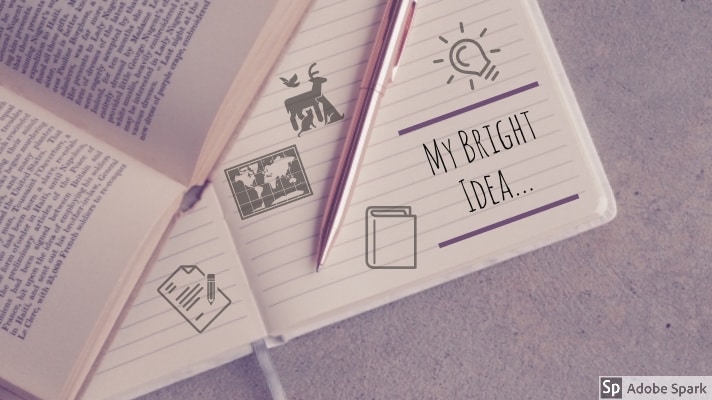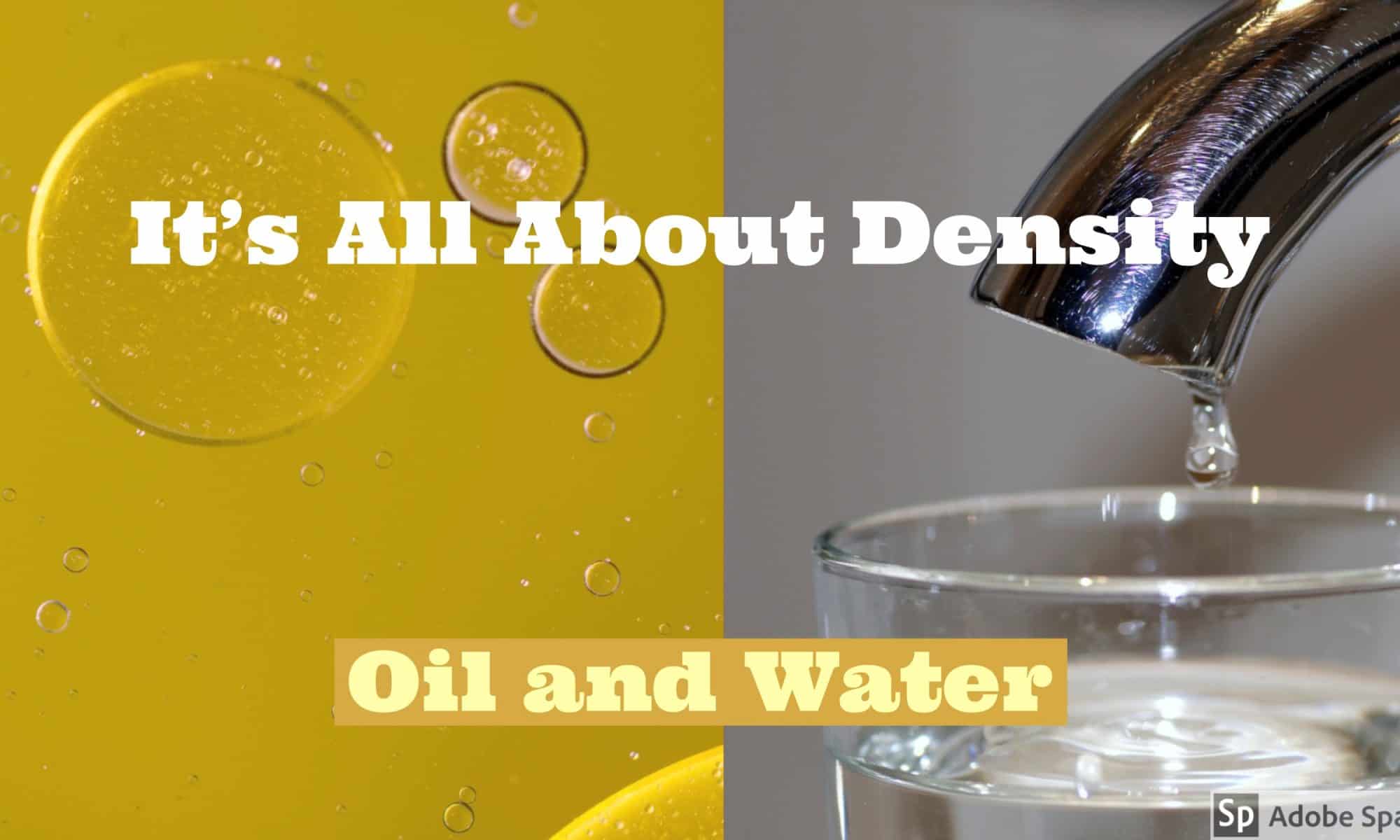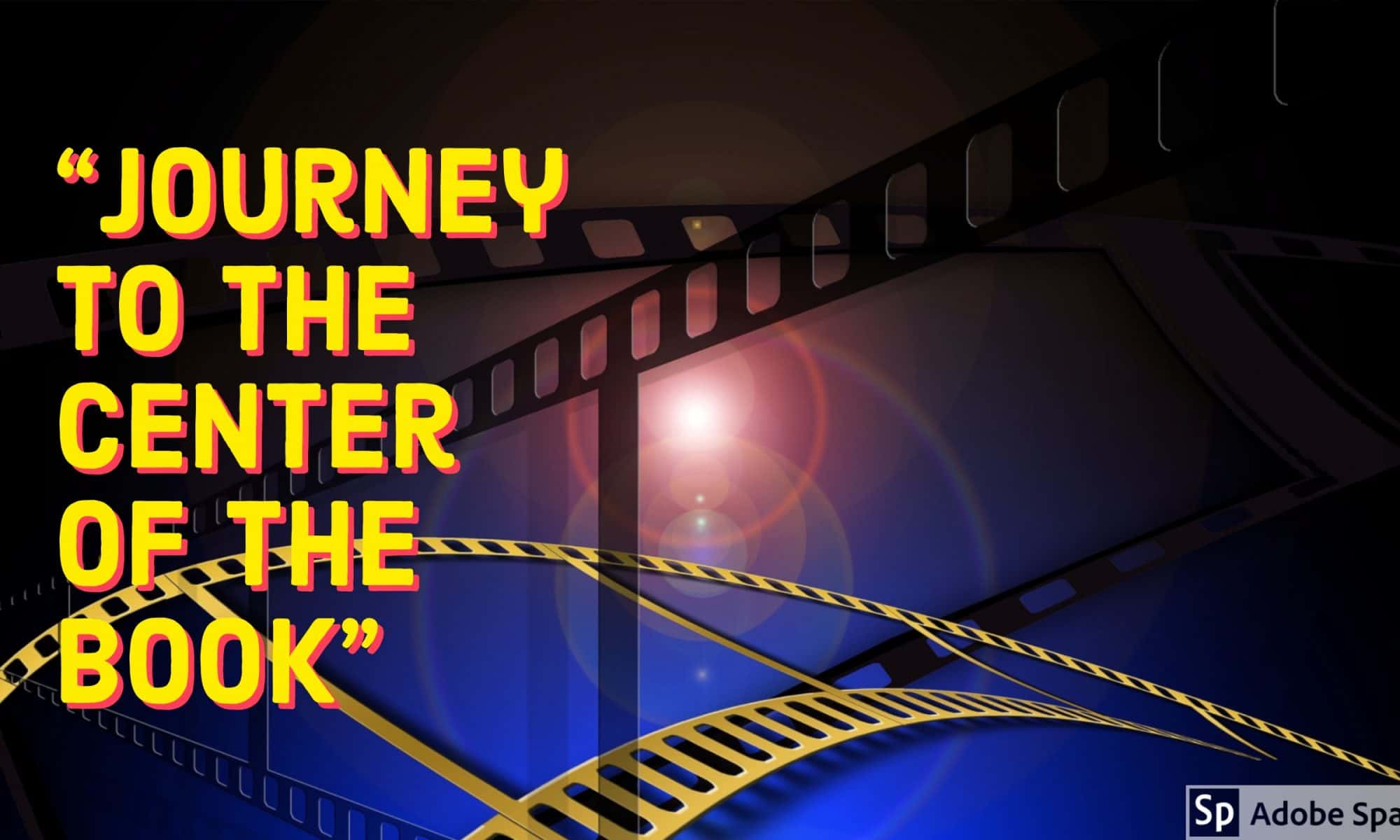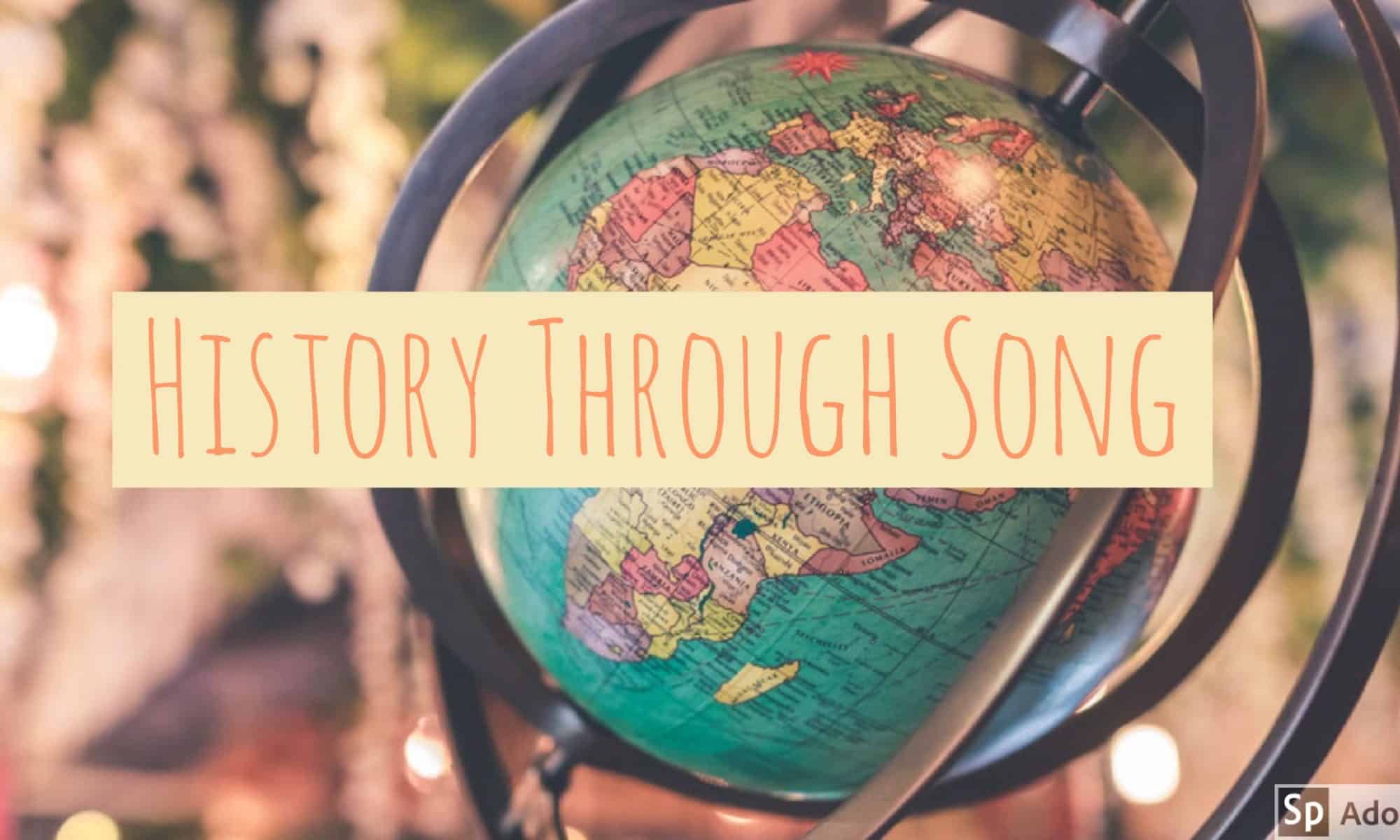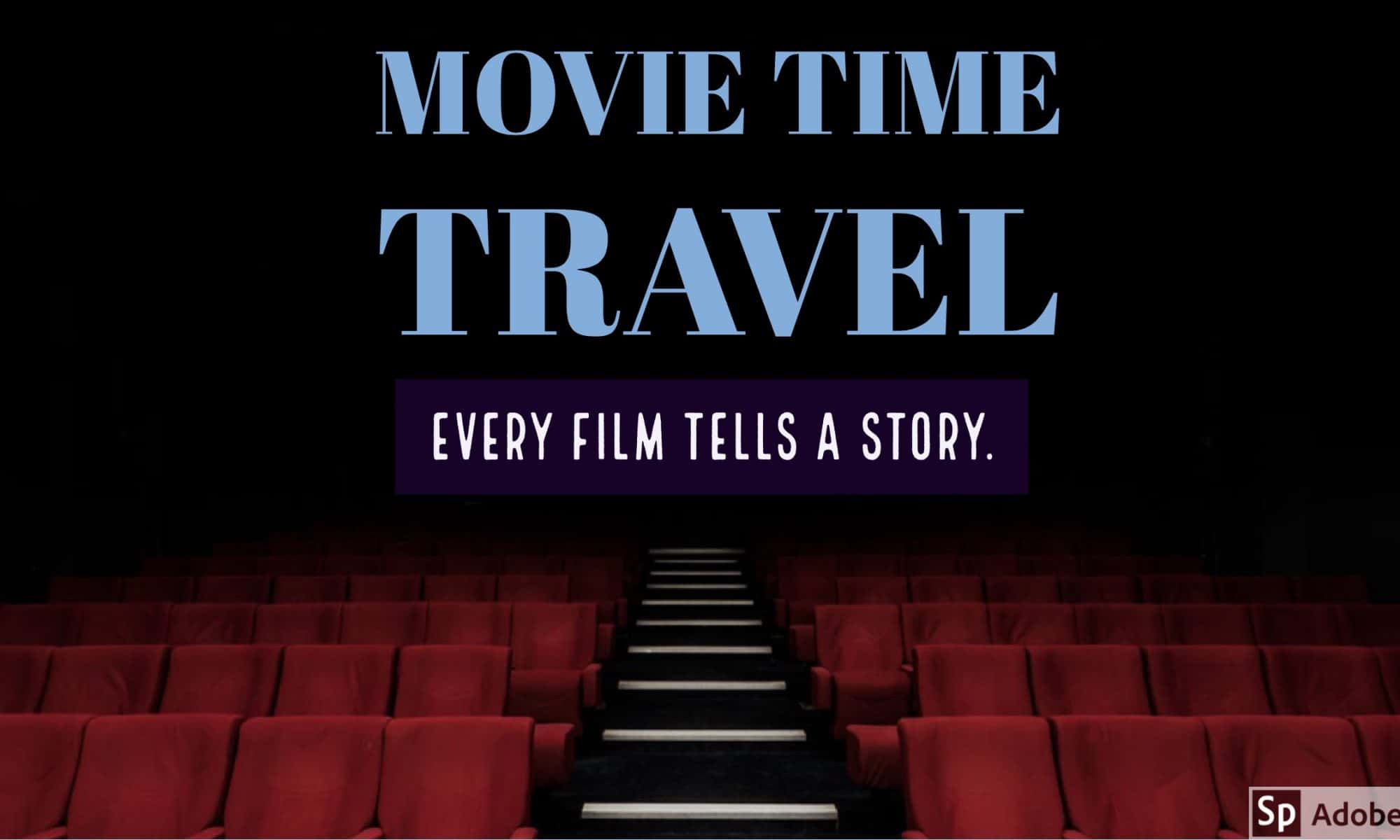Looking back on that first day of ed tech methods, I felt I was afraid to take that risk and get outside of my comfort zone. I was an advocate for technology, but only ones that were safe, such as SmartBoards or Elmos which are simply advanced versions of projectors and white boards. These felt comfortable to me and what I advocated for teachers who want to use technology in their classrooms.
Through this course, I was pushed to use tech tools that are outside my comfort zone. Some of these tools include screen casting, computer coding applications, and Toontastic. These apps required the user to participate using their voice or their coding skills to make a quality product or presentation. This was nerve wracking for me because I am more confident in talking to people in person rather than talking through a screen and listening to my voice as well as stronger in my PowerPoint skills in comparison to my coding. However, these applications proved to be very useful and helped me understood what it was like for students to use programs they are not familiar with.
While there were many programs I was nervous to use, I was also able to learn new tools which i found my new strengths in. For example, I loved Adobe Spark, iMovie, Google Slides, Padlet, and Sway. These tools have so many customization techniques and allowed users to create to their heart’s content. Learning how to use these applications has added to my passion for technology and has given me the confidence to use these tools to supplement them with my future classes. This is why tech savvy teachers must reflect in their technological abilities. With all the tools out there, a teacher must come to recognize if the technology they are bringing is worth the time and energy for their class. If the answer is yes, then they need to take the time to learn how to use it and develop back up plans when the tech does not go as planned.


